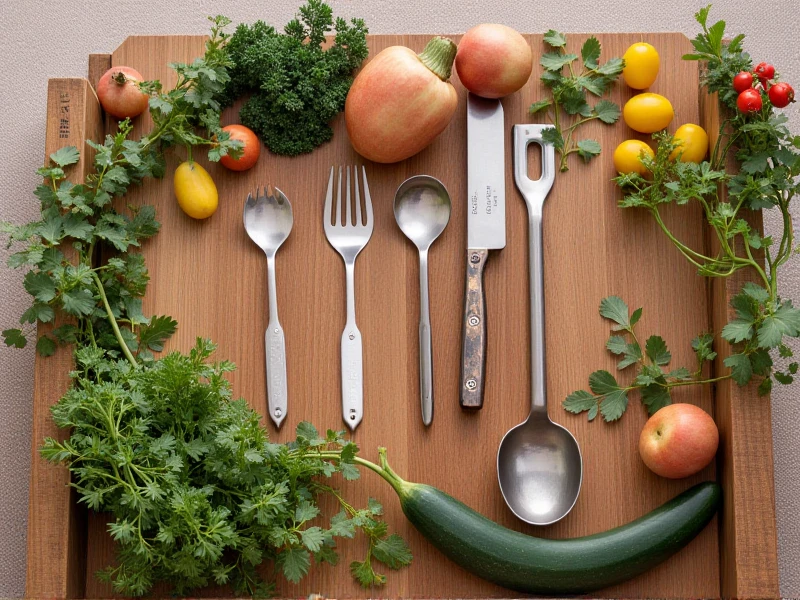Creating a Stunning Garden: A Step-by-Step Guide to Transform Your Outdoor Space
2025-06-06

Gardens are more than just patches of plant life; they're sanctuaries where stress melts away, creativity blossoms, and harmony with nature feels tangible. Whether you have a sprawling backyard or a compact balcony, cultivating a garden can elevate your home's appeal and bring joy to daily life. Studies show that regular gardening reduces anxiety, improves mood, and even adds value to properties—making it a worthwhile investment for homeowners, renters, and families alike. In this guide, we'll walk you through practical, expert-approved strategies to design, build, and maintain a thriving garden. Forget the overwhelm: our approach breaks it down into accessible phases, tailored for beginners and enthusiasts. By the end, you'll have a beautiful, sustainable oasis that grows with you season after season.
Phase 1: Laying the Groundwork for Your Garden Journey
Before you plant a single seed, start with smart planning. Assess your available space: note sunlight exposure (aim for six hours daily for most plants), soil quality, and drainage patterns. Use a soil test kit from your local garden center—or order one online—to check pH levels and nutrients. This step prevents surprises like wilting plants or flooded beds. Next, sketch a rough garden layout. Determine zones: a vibrant flower garden for visual splendor, a vegetable garden for fresh produce, or a relaxation area with seating. Aim for balance; incorporate paths for easy access and focal points like a birdbath or trellises. Budget-conscious? Start small—perhaps a container garden on a patio—and expand as confidence grows. Tools like raised beds or eco-friendly pots can optimize cramped spaces, ensuring every inch nurtures your green haven.
Phase 2: Selecting the Perfect Plants for Your Garden
The heart of any garden lies in its plant selection. Focus on resilient, climate-appropriate species to minimize upkeep and maximize blooms. For ornamental appeal, think perennials like lavender or hydrangeas; they return yearly, reducing replanting chores. If edibles are your go-to, opt for easy starters such as tomatoes or herbs, which flourish in most regions. Research your USDA plant hardiness zone using online tools—this guides choices for seasonal harmony. Variety enhances biodiversity: mix flowering plants to attract pollinators, boosting garden health naturally. Consider companion planting, like marigolds near vegetables to deter pests—a low-effort, organic solution. Remember water needs: group plants with similar requirements to conserve resources. For year-round vibrancy, stagger planting times; autumn bulbs ensure spring surprises, while summer annuals brighten hot months. Tip: Visit nurseries for personalized advice or our curated plant collections online, designed for hassle-free success.
Phase 3: Design Magic—Turning Your Vision into Reality
Transform your garden into a captivating retreat with clever design. Embrace themes like cottage charm (think wildflowers and rustic benches) or modern minimalism (clean lines and succulents) to reflect your style. Start structuring layouts: circular paths invite exploration, while vertical elements like hanging baskets save ground space. Incorporate color theory: cool hues (blues and greens) calm shaded spots, while warm tones (reds and oranges) energize sunny areas. Texture adds depth; combine soft grasses with structured shrubs for visual intrigue. Don’t forget eco-features: integrate rainwater barrels or native plants to support sustainability, reducing water bills by up to 50%. Add personal touches: a bench for quiet mornings or whimsical decor to spark conversations. This phase blends creativity with function—your garden becomes a livable masterpiece that evolves.
Phase 4: Effortless Maintenance for a Flourishing Garden
Sustaining your garden’s beauty hinges on simple, consistent care. Establish a watering routine—early mornings minimize evaporation. Use mulch to retain moisture and suppress weeds; organic options like bark chips enrich soil over time. Prune regularly to encourage growth: snip spent blooms for fresh flowers and trim overgrown branches to maintain shape. Pest control should lean natural; introduce ladybugs for aphid control or create barriers with mesh instead of chemicals. Monitor soil pH annually, amending with compost to boost fertility without expensive products. Seasonal shifts demand adaptability: winterize with mulch blankets, while summer requires shade solutions like pergolas. Weekly check-ins prevent problems—spot drooping leaves early to save stressed plants. This proactive approach ensures your garden remains low-maintenance yet radiant, year after year.
Embrace the transformation: a well-tended garden not only beautifies your surroundings but also fosters a sense of accomplishment and connection. Stick with these phases, and you'll enjoy blooming rewards with minimal fuss—from family picnics to tranquil escapes. For more expert tips on garden accessories, design tools, or exclusive plant guides, sign up for our free newsletter. We'll send seasonal advice straight to your inbox, helping you cultivate a greener, happier lifestyle. Ready to start? Explore our beginner kits today—let’s grow together!
Category: